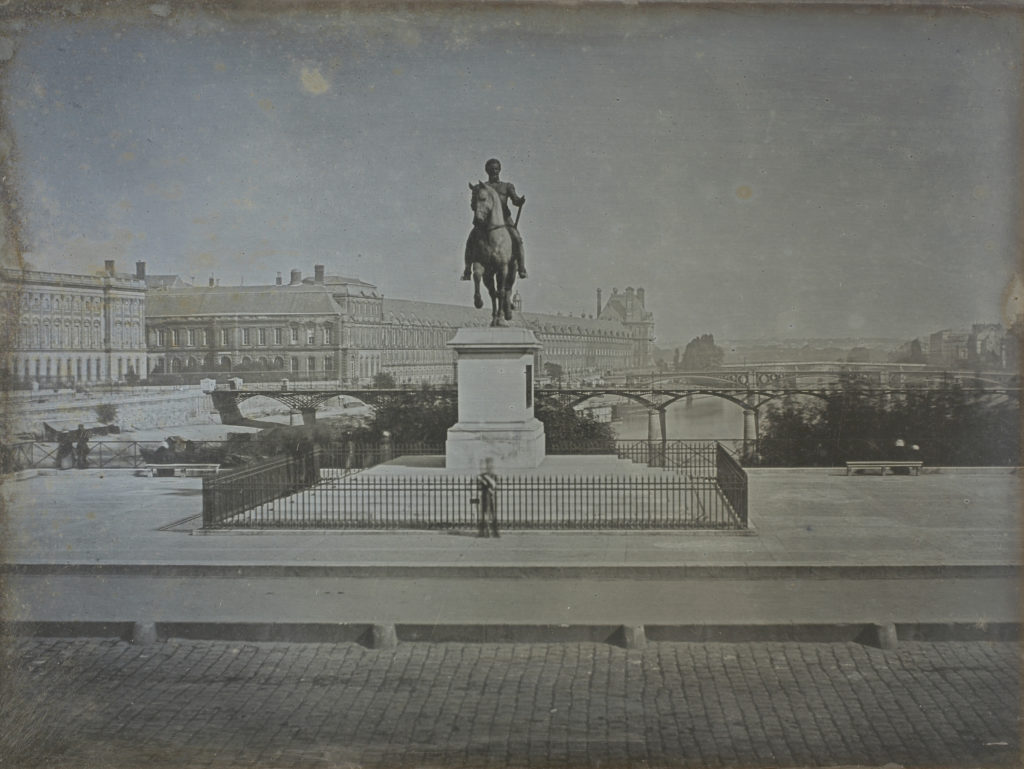The Museum’s Daguerreotype Collection
One of the problems with daguerreotypes was the time needed for posing, a major problem with capturing the human face comfortably. Photography is more than ever dependent on the light: the earliest studios, perched high up under the roof, were real “glass cages”. The photographic equipment stood in front of a specific piece of furniture: an armchair or chair equipped with a head-rest, a column, a cardboard balustrade, curtains, rare plants, painted objects and background. The daguerreotype portrait enjoyed an undeniable success throughout the 1840s.
The daguerreotypes of the Museum form an interesting collection: numerous portraits, in caskets or framed, confirm the importance of this activity in those days. Some bear the signature of Duboscq, Heer, Buvelot, Eynard, Durheim or Delessert. Some belong to the Thomas Ganz collection and constitute a rare group of children’s portraits. The landscape daguerreotype is less current, but the Museum has three exceptional Parisian “full plates” (16 x 21cm), showing the Arc de Triomphe, Notre Dame and the statue of Henri IV.


